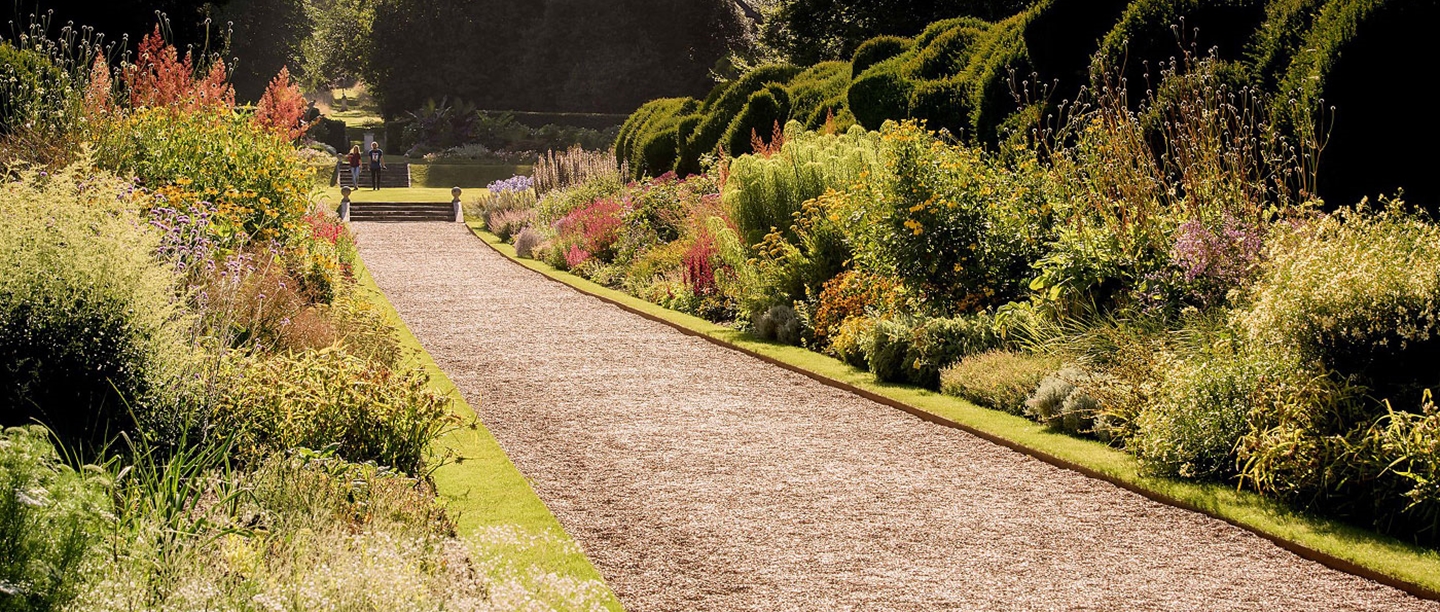The beginnings of a garden
In the 16th and 17th centuries the captain was the officer in charge of the castle and its garrison. Successive captains were important men who sought to introduce some comfort at the castle, including a small productive garden.
We know for certain that a garden for the captain was in existence by 1725. However, there was a small area of land outside the castle, belonging to it, in 1567, so it is possible that a garden was established there in the 16th or 17th century.
The Duke’s Garden, 1727–65
In 1727, when the 1st Duke of Dorset was Lord Warden, he began to take a keen interest in Walmer Castle. He displaced the captain from the castle and took it for his own use.
He re-made the captain’s garden by enclosing it with walls and hedges, providing the shelter needed for growing vegetables, fruit and flowers. This kitchen garden was also ornamental, a place where family and friends could walk and relax. The kitchen garden is still flourishing today.
The Pleasure Grounds
The castle and the kitchen garden remained much the same until William Pitt’s time as Lord Warden. Between 1802 and 1806, Pitt and his niece Lady Hester Stanhope made plantations and garden areas to form a small private park around the castle. In 1806, Lady Hawkesbury, wife of the next Lord Warden, praised Pitt’s improvements, describing them as a ‘pleasure grounds’.
These pleasure grounds had a belt of woodland and shrubbery around the perimeter. This created shelter and privacy within, where Pitt added a second walled garden, a large grassy glade planted with specimen trees (the Oval Lawn), an area of meadow (the Paddock) and an evergreen shrubbery within a deep, dark, abandoned chalk pit – later known as The Glen.
When Pitt died in 1806, the pleasure grounds were not finished. The next Lord Warden, Lord Hawkesbury (later Lord Liverpool), completed the task and by 1830, they were flourishing, forming the shape of the grounds still evident at Walmer today.
Rescued and transformed
The 2nd Earl Granville became Lord Warden in 1865 and unlike most Lords Warden made Walmer his permanent home, living there with his family for the next 26 years. He found Pitt’s plantations in a decaying condition and employed a local nurseryman, William Masters of Canterbury, to revitalise the whole grounds.
Granville’s most important creation was the striking Broadwalk, a bold avenue leading from the castle moat and ending in a terraced lawn for croquet or tennis, just inside the Paddock. Lined with yew or myrtle hedges, standard roses and ribbon flower border planting, it forged a new central axis that united the castle and its grounds.
The earl’s other additions include a lovely serpentine walk around the bottom of the moat, with shrub planting against the castle walls to soften the drab stonework. He also added the fine double avenue of Holm Oaks which survive today, lining the old drive across the meadow leading to Walmer village.
Embellished, elaborated
Granville’s gardens flourished well beyond his death in 1891. From 1913 until 1931, the family of the 7th Earl Beauchamp made the castle a summer home. The new Lord Warden loved tennis and made a court in the moat, later replaced by two in the walled garden. His daughter Lady Herber Percy later recalled that the garden was tended by just one hard-working gardener and a boy, while the earl loved the secluded Glen and gardened there himself.
His most important addition was a vista that extended from the end of the Broadwalk over the rising ground of the Paddock to the very edge of the grounds, where he arranged for a narrow gap or ‘keyhole’ to be cut through the woodland. This created the delightful illusion of making the long view from the castle seem even longer, by giving a glimpse of infinity beyond the gardens.
Along the Broadwalk borders, he altered the planting style to reflect the contemporary and fashionable manner pioneered by Gertrude Jekyll, making them far less formal than Granville’s original layout of the 1860s.
An unusual gift
The last major addition to the garden was in 1997 when William Pitt’s walled garden was transformed to celebrate the 95th birthday of Queen Elizabeth the Queen Mother, the Lord Warden. The designer Penelope Hobhouse made an entirely new garden within the old walls, creating a formal but tranquil layout around a central pool, with a summerhouse and raised arbour (the yew castle) at opposite ends.
The Queen Mother remarked that she had been given many presents before but never a garden.
Read More
-
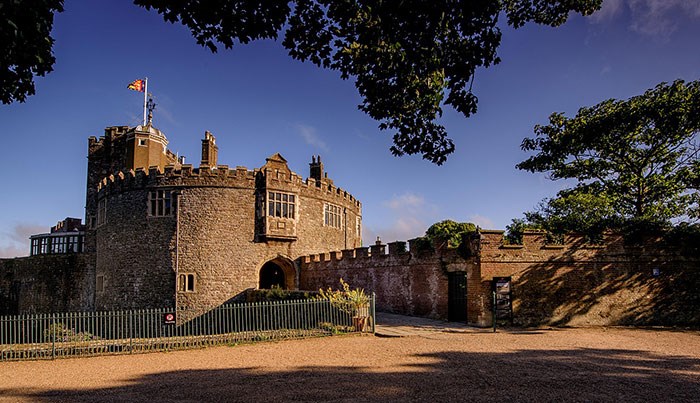
History of Walmer Castle
Read the full history of Walmer Castle, from its days as a Tudor fort, defending the coast from invasion, to its transformation into the elegant residence we see today.
-
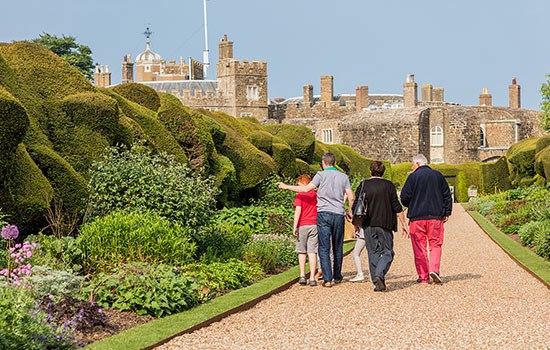
Plan your visit
Explore the elegant residence that was once a Tudor fort, with its majestic sea views and eight acres of magnificent gardens and woodland.
-
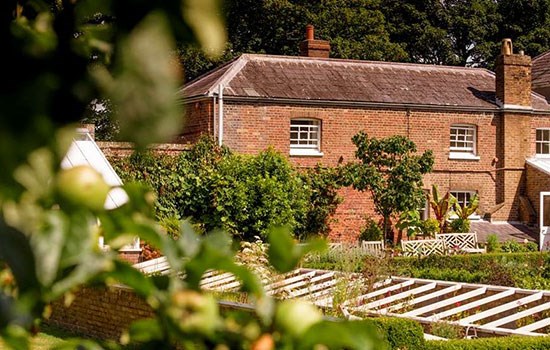
Stay in the Garden Cottage
The spacious two bedroomed Garden Cottage looks out onto the kitchen garden, which has supplied the castle with flowers, fruit and vegetables for almost three centuries.
-
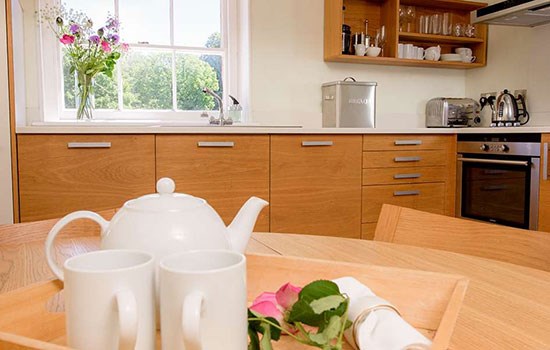
Stay in the greenhouse apartment
This roomy, first floor apartment overlooks Walmer’s kitchen garden and the castle’s magnificent cloud hedge.

